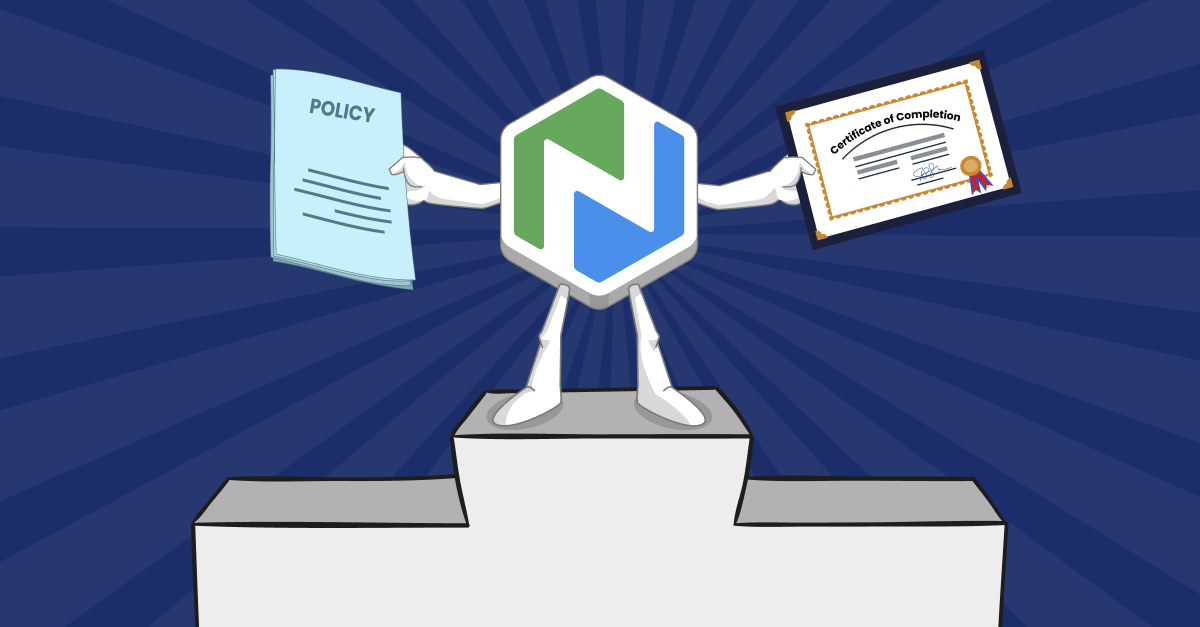Training Student Workers in the Library
Get the most out of your student employees by treating their training as a larger learning opportunity.
.png)
One of the earliest uses of Niche Academy at an academic library was a tutorial for student employees at Utah State University training them in safety procedures for the automated retrieval system. Though the primary use case has shifted to information literacy instruction, we're still keenly interested in student employee training. So when we ran across this article by Liz Vine, we couldn't help wanting to boost the visibility of her ideas.
When we think of student learning in the library, we often picture tables full of students with their noses in books, using the available resources as a supplementary aspect of their academic experience. There is, however, more opportunity for learning when we consider the role that the library can play in the education of its student employees.
In an article written for the online journal In the Library with the Lead Pipe, entitled "Training Matters: Student Employment and Learning in Academic Libraries", Liz Vine writes about the often-overlooked training of student workers as an opportunity for the library to impact the student experience and align it with other High Impact Practices. In this way, support for student learning does not have to be restricted to just resource instruction or the offering of materials.
.png?width=567&name=img%20(31).png)
Vine notes that when training is presented as a learning experience both trainers and trainees can benefit greatly. The process should be engaging for both parties, allowing the students to provide their own feedback and insight. In fact, she believes that it can actually be detrimental to the library to simply consider the training of students as a one-way stream of information, as its impact on the students themselves will be weaker, thus leading to perhaps an only satisfactory level of work performance. While students are bound to pick things up naturally through the process of their work, this should not be the only way that they learn.
Though many tend to devalue this learning opportunity due to it not taking place in a traditional classroom environment, when students can be actively engaged in the learning process, they can better retain the knowledge they obtain and apply it to their work. Equating library training to learning makes the training more effective, supports student success, and aids in fostering a more supportive and caring environment, ensuring that just as the students are helping the library, the library is also helping them. As Melanie Hawks wrote, “Engaged learners don’t just passively receive knowledge, they construct knowledge”.
Applying a learning element to student training at the library can be as simple as explaining not only how to do something, but why, and asking students at the end of a session to reflect on what they have learned. This can deepen the student’s understanding of their role in the library and allow them to draw parallels to other areas of learning.
Vine references specific cases in which students who were taught about the library in an active-learning environment were more likely to retain the information and understand the library, as well as perform well on given quizzes and assignments. She also gives examples of how to approach this learning-based training such as: “identifying specific learning objectives; chunking material in logical and digestible ways; designing tests, assessments, or knowledge checks that utilize the retrieval practice effect; providing opportunities to practice in contexts that resemble on-the-job reality and feature authentic scenarios and examples; using guideposts or touchstones that point us in the direction of effective, learner-centered training design, such as the empathetic question, ‘What is it like to be a person learning something?’”
.png?width=568&name=img%20(32).png)
Though it may seem at times like a risky redirection of time and resources that could be spent on more important things, recognizing the importance of the learning process at the library, and taking the time to better understand the needs and feelings of the students, can positively impact the library in the long run. The investment of time pays off, as seen in the performance of the student workers, as well as in their low turnover rates. By fostering an engaging environment, and taking into consideration the opinions and feedback of the students, we can maximize the quality of student work, and better and more efficiently train new student employees in the future.
You can access the full article written by Liz Vine here.
![]()
By making student training trackable, consistent, and low-maintenance for managers and HR, you can make the most of the experience you provide to student workers. Niche Academy provides an academic library instruction system for students & staff, giving you an easy way to present library training, and saving you time while strengthening the library’s position as an indispensable campus resource.
Learn more at https://www.nicheacademy.com/academic-libraries.
.png)
.png)
.png)

.png)
.png)
.png)

.png)
.png)

.png)